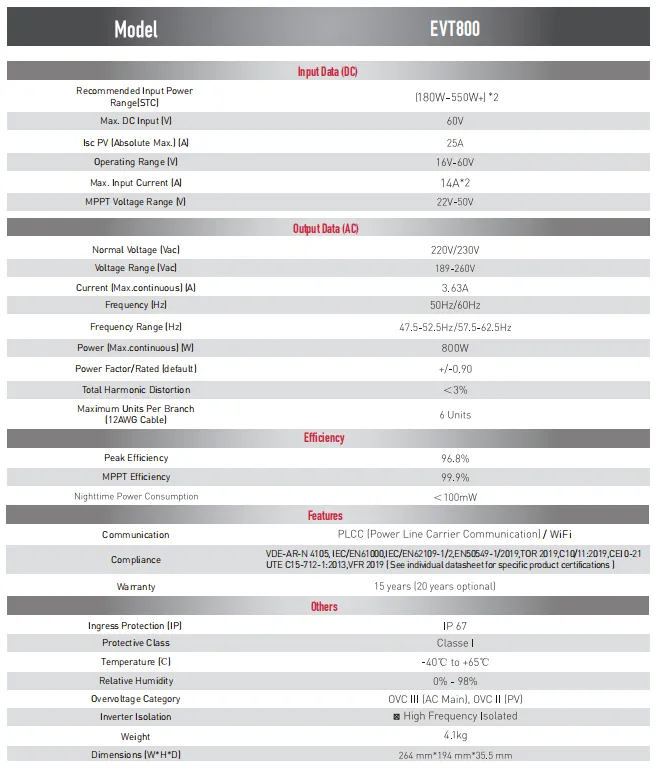Exploring the Benefits and Innovations of Hybrid Solar Energy Systems for Sustainable Power Solutions
The Rise of Hybrid Solar Energy Systems
As the world grapples with the pressing realities of climate change and the need for sustainable energy sources, hybrid solar energy systems have emerged as a promising solution. These systems, which combine traditional solar power with other energy sources, offer a versatile and efficient way to harness renewable energy. This article explores the advantages and applications of hybrid solar systems, highlighting their potential to transform the energy landscape.
Hybrid solar systems typically integrate photovoltaic (PV) solar panels with other forms of energy generation, such as wind turbines, biomass, or traditional fossil fuels. This integration allows for a more reliable and consistent energy supply, addressing one of the main challenges associated with solar energy its intermittent nature. While solar panels produce electricity during sunny days, their output diminishes during cloudy weather and ceases entirely at night. By coupling solar energy with other sources, hybrid systems can provide a stable and continuous energy supply, making them ideal for residential, commercial, and industrial use.
One of the standout benefits of hybrid solar systems is their increased efficiency. By leveraging multiple energy sources, these systems can optimize energy production. For instance, in regions that experience wind, pairing solar panels with wind turbines can significantly enhance energy generation, as wind power typically peaks at different times than solar power. In such setups, energy storage systems, like batteries, play a crucial role by storing excess energy generated during peak production times and releasing it when demand is higher or when production dips. This synergy not only maximizes energy output but also minimizes reliance on fossil fuels, leading to reduced carbon emissions.
hybrid solar

Moreover, hybrid solar systems can be tailored to meet specific energy needs and local conditions. For instance, in remote areas where grid access is limited, a hybrid system combining solar energy with diesel generators can ensure reliable electricity supply. Alternatively, in locations with abundant biomass resources, integrating biomass energy can further diversify the energy portfolio while utilizing locally available resources. This flexibility makes hybrid solar systems particularly appealing for both urban and rural applications.
The economic advantages of hybrid solar systems are also noteworthy. While the initial investment may be higher due to the combination of technologies, the long-term savings are significant. With decreasing costs of solar technology and improvements in energy storage solutions, many households and businesses find that hybrid solar systems can lead to substantial reductions in energy bills over time. Additionally, governments and local authorities often provide incentives and subsidies for renewable energy installations, making it easier for consumers to adopt these technologies.
In terms of environmental impact, hybrid solar systems contribute to a greener future. By utilizing renewable resources and reducing dependency on fossil fuels, these systems help to decrease greenhouse gas emissions and combat global warming. Furthermore, the promotion of hybrid models may stimulate economic growth within the renewable energy sector, creating jobs and fostering innovation in technology development and system integration.
In conclusion, hybrid solar energy systems represent a pivotal advancement in the pursuit of sustainable energy. By merging solar with other energy sources, these systems overcome the limitations of traditional solar energy, ensuring a reliable and efficient energy supply. As technology continues to evolve and the urgency for clean energy solutions intensifies, hybrid solar systems are poised to play a significant role in shaping the future of energy consumption and production. By adopting and investing in these innovative systems, we can move closer to a sustainable and eco-friendly world.
-
String Solar Inverter: The High-Efficiency Solution for Smart Solar EnergyNewsJul.14,2025
-
Revolutionizing Rooftop Energy with the Power of the Micro Solar InverterNewsJul.14,2025
-
Power Independence with Smart Off Grid Solar Inverter SolutionsNewsJul.14,2025
-
On Grid Solar Inverter: Powering the Future with Smart Grid IntegrationNewsJul.14,2025
-
Monocrystalline Solar Panels: High-Efficiency Power for the Future of Clean EnergyNewsJul.14,2025
-
Bifacial Solar Panel: A Smarter Investment for Next-Generation Energy SystemsNewsJul.14,2025







